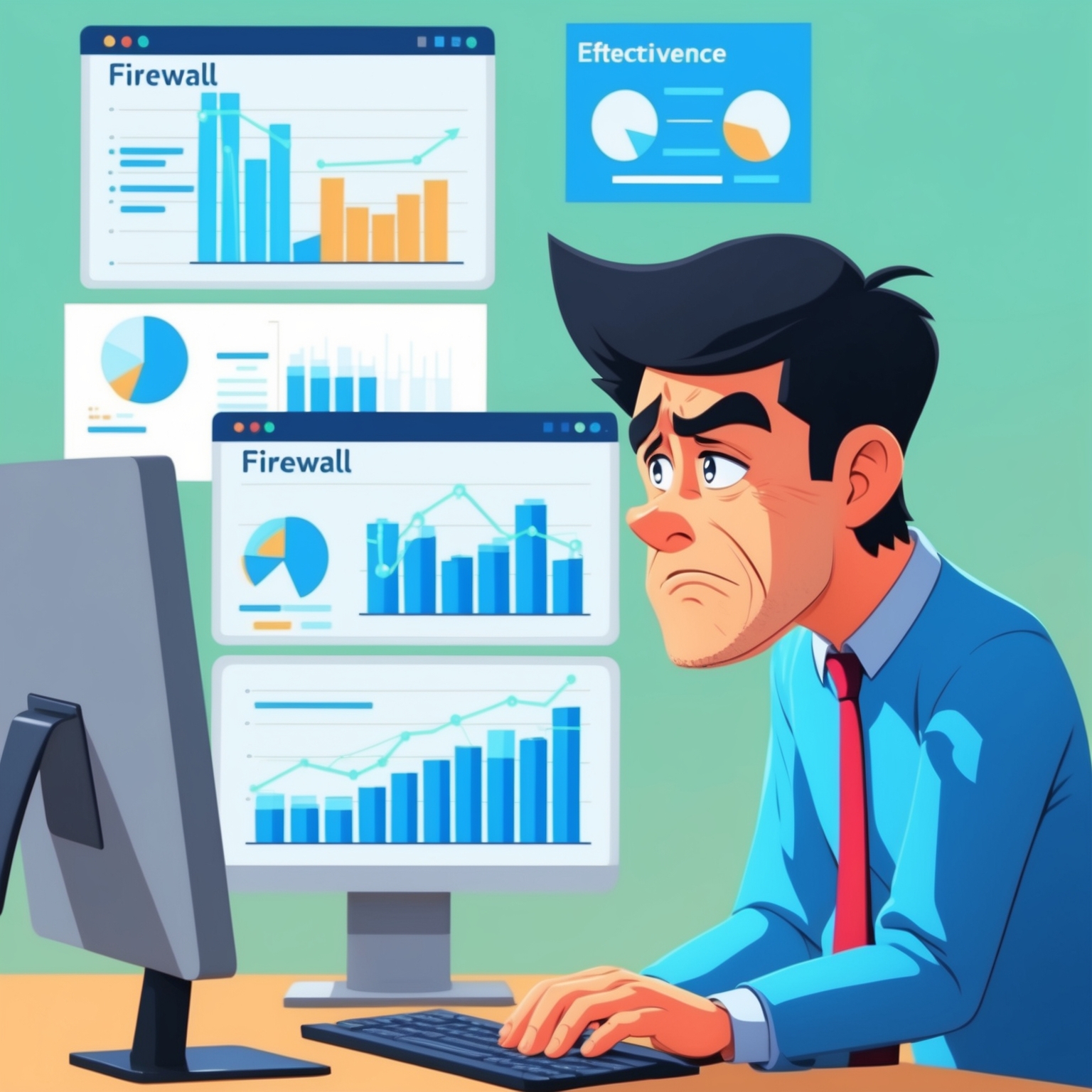Introduction
For CISOs, maintaining a secure digital environment can feel like fighting a constant battle against threats while juggling IT overhead. Cyber hygiene offers a structured approach to security – minimizing external risks and freeing up your team to focus on strategic goals instead of reactive firefighting.
Core Components of Cyber Hygiene
Think of cyber hygiene as the digital equivalent of strict hospital protocols:
- Access Control: Who gets in and what they can do.
- Regular Maintenance: Routine system scans and updates to keep your environment healthy.
- Isolation for Risks: Containing high-risk activities to prevent them from spreading.
In practice, this means:
- Monitoring systems and databases for anomalies.
- Managing user access to sensitive information.
- Protecting critical data with enhanced safeguards.
Key Technologies for a Stronger Defense
To streamline operations and fortify your defenses, many organizations rely on:
- SOAR (Security Orchestration, Automation, and Response): Centralizes incident detection, analysis, and response to accelerate resolution.
- SIEM (Security Information and Event Management): Consolidates security data to provide a real-time, unified view of threats and vulnerabilities.
Best Practices to Boost Cyber Hygiene
Backup Systems
- Automate backups to secure cloud solutions.
- Regularly test the integrity of backups to ensure recovery readiness.
- Develop actionable incident response plans.
- Create containment strategies for rapid threat isolation.
Access Control
- Enforce robust multi-factor authentication (MFA).
- Monitor for unusual access patterns and adopt zero-trust principles.
Administrative Privileges
- Grant privileges sparingly and for limited durations.
- Quickly revoke access when roles change.
- Schedule regular scans and penetration testing.
- Automate patch management and prioritize fixes for critical systems.
System Hardening
- Disable unnecessary features and services.
- Strengthen authentication processes without compromising usability.
- Enable detailed logging and use automated tools for real-time analysis.
- Review logs consistently and deploy correlation solutions to spot anomalies.
Individual Cyber Hygiene Tips for Employees
- Passwords: Use complex passwords and update them regularly with a password manager.
- Email Security: Avoid clicking on suspicious links or attachments. Verify senders before responding.
- Safe Downloads: Validate software sources and browser extensions to avoid malicious content.
Tailored Advice for Small Businesses
Even small businesses must address key areas:
- Regular data backups and employee security training.
- Implementing MFA and endpoint protection.
- Developing clear security policies and ensuring legal compliance.
Final Thoughts
Cyber hygiene isn’t just another checklist—it’s the foundation of a secure environment. However, a robust cybersecurity strategy goes beyond technical tools, integrating physical and administrative measures to create a truly comprehensive defense.
Ready to evaluate and strengthen your organization’s cyber hygiene?
Fill out our Virtual CISO Discovery Form to get expert guidance tailored to your business needs. Let’s build a proactive security plan together.







